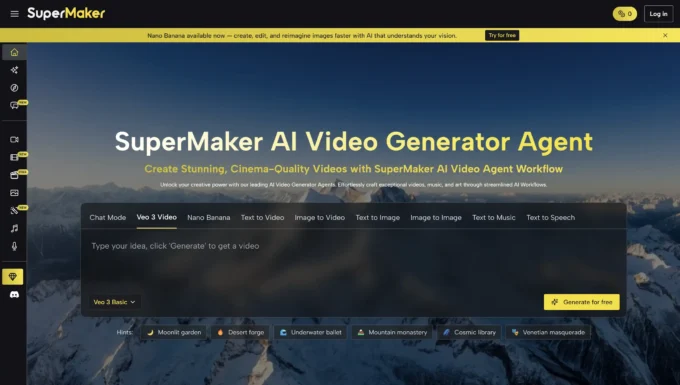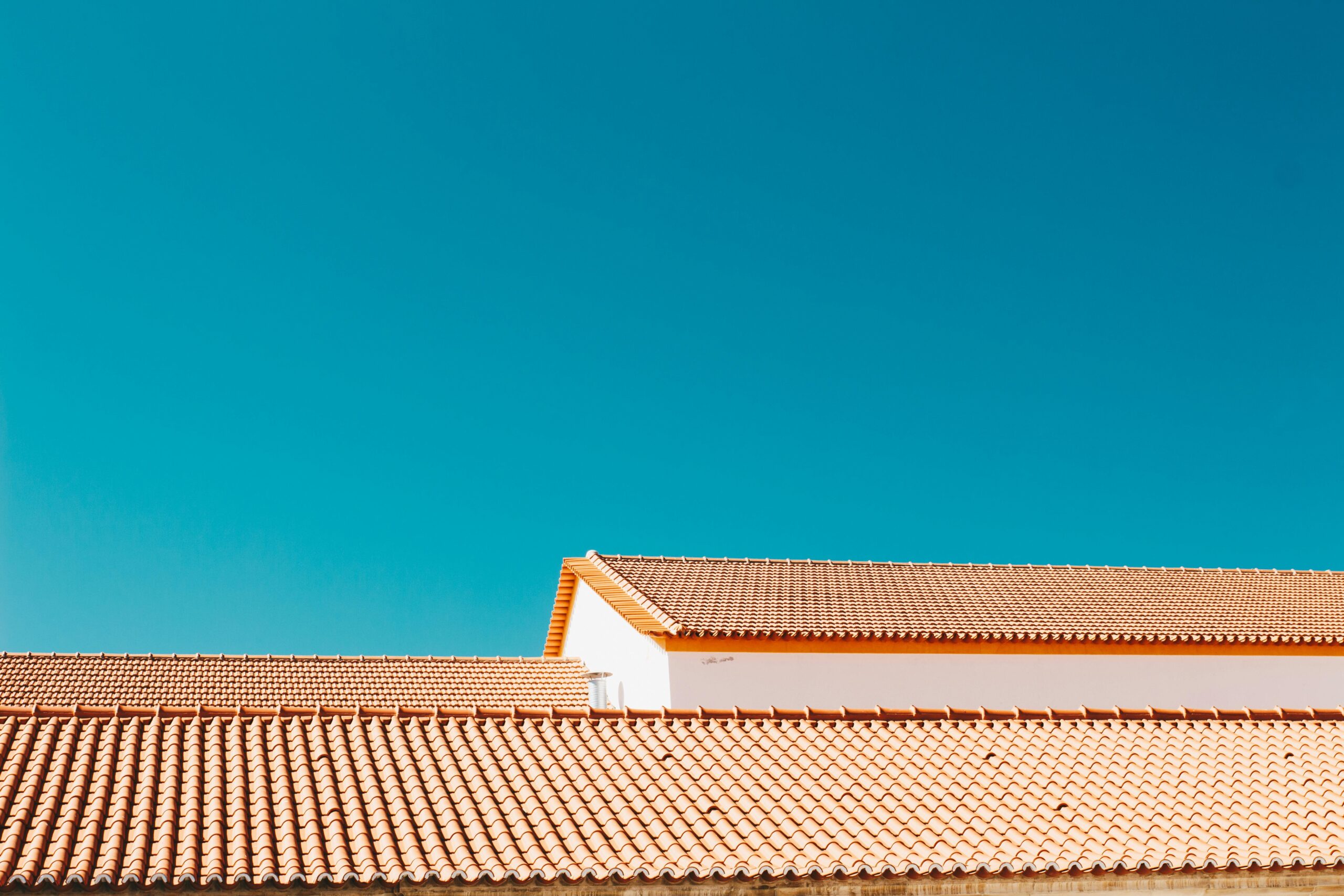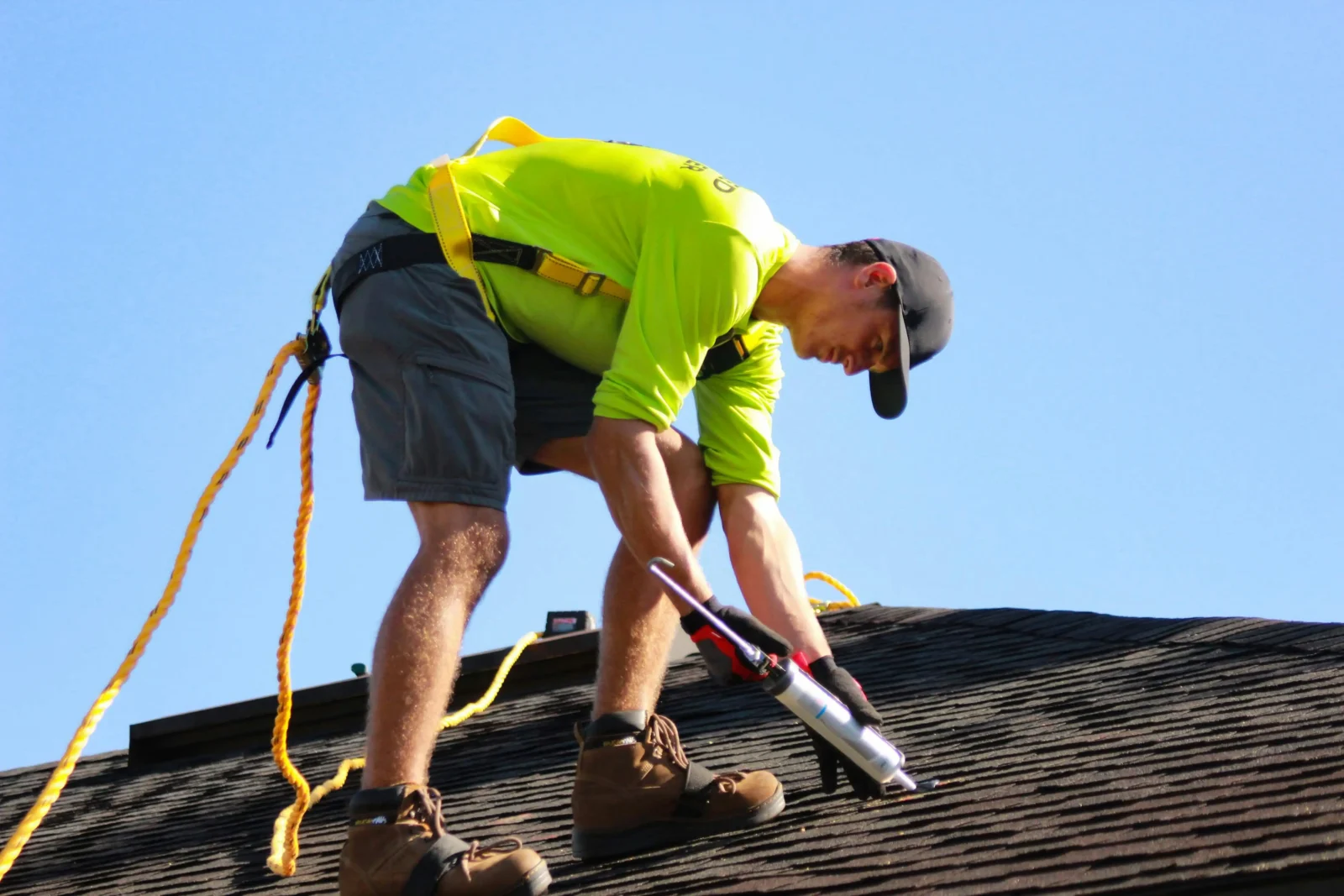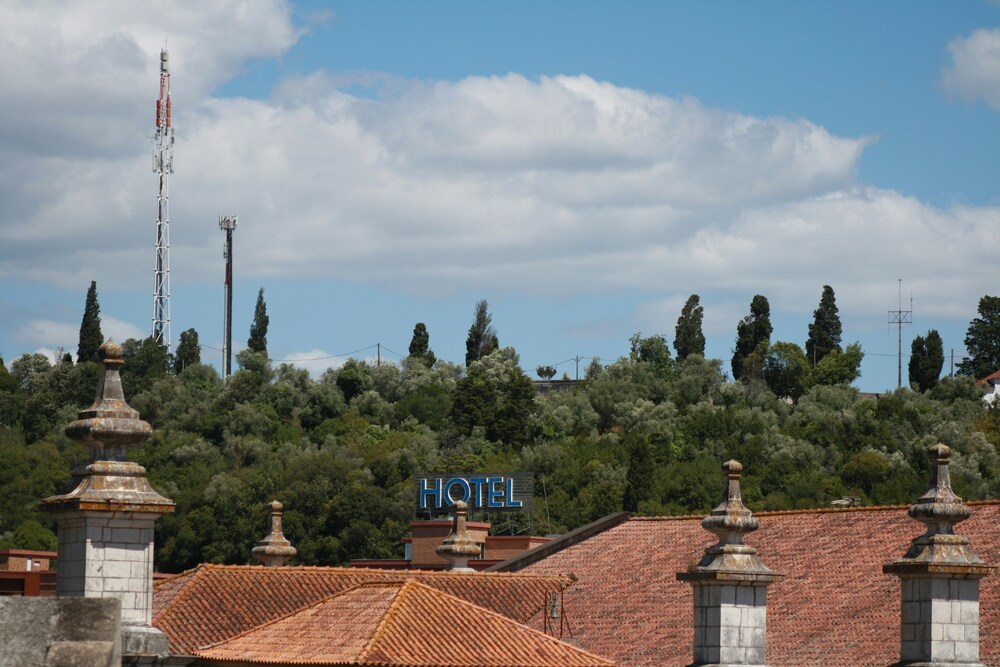- Home
- Articles
- Architectural Portfolio
- Architectral Presentation
- Inspirational Stories
- Architecture News
- Visualization
- BIM Industry
- Facade Design
- Parametric Design
- Career
- Landscape Architecture
- Construction
- Artificial Intelligence
- Sketching
- Design Softwares
- Diagrams
- Writing
- Architectural Tips
- Sustainability
- Courses
- Concept
- Technology
- History & Heritage
- Future of Architecture
- Guides & How-To
- Projects
- Interior Design
- Competitions
- Jobs
- Store
- Tools
- More
- Home
- Articles
- Architectural Portfolio
- Architectral Presentation
- Inspirational Stories
- Architecture News
- Visualization
- BIM Industry
- Facade Design
- Parametric Design
- Career
- Landscape Architecture
- Construction
- Artificial Intelligence
- Sketching
- Design Softwares
- Diagrams
- Writing
- Architectural Tips
- Sustainability
- Courses
- Concept
- Technology
- History & Heritage
- Future of Architecture
- Guides & How-To
- Projects
- Interior Design
- Competitions
- Jobs
- Store
- Tools
- More

Roofs endure the harshest weather elements and keep the rest of the structure safe and secure. However, various roofing issues can arise due to age, weather conditions, or inadequate installation. Homeowners need to be aware of these problems to address them promptly and avoid further damage.
Learning more about common roofing issues will allow for timely repairs and proper maintenance. Whether you’re a DIY enthusiast or need a professional, recognizing these problems is the first step toward maintaining a solid roof over your head.
Table of Contents
ToggleMissing or Damaged Shingles
One of the most prevalent issues seen in residential roofing is missing or damaged shingles. A single missing shingle can allow water to penetrate, leading to leaks and extensive damage to the underlying structure. Seasonal conditions such as heavy winds, hail, or extreme temperatures can cause shingles to loosen and come off completely.
Inspect your roof after severe weather events to check for any visible damage. If you find missing or cracked shingles, they should be replaced quickly. If you are from the area, you can seek the help of Pittsburgh roof maintenance professionals to ensure that the job is done right the first time around. DIY replacement is feasible for a few shingles but always assess safety and capability first. If the damage is widespread, consulting professionals may be the best course of action.

Roof Leaks
Roof leaks can occur for a variety of reasons, from worn-out materials to poor installation practices. The most alarming signs is water stains on ceilings or walls, which can indicate that your roof is failing. Identifying the source of a leak may require climbing onto the roof to inspect for cracks or gaps in seams and flashing. Regular inspections can catch leaks early, but if you do find one, immediate repairs are necessary.
Depending on the severity, leaks can be sealed with roofing cement or require replacing sections of shingles or flashing. For larger leaks, consulting a roofing contractor is advisable to accurately diagnose the problem and recommend an effective solution. Early detection of leaks can save homeowners from costly damages in the long run.
Poor Roof Ventilation
For any roofing system, inadequate ventilation is the primary cause of heat and moisture buildup in the attic — a sign of mold growth and premature roofing material degradation. Homeowners might notice higher energy bills or fluctuating indoor temperatures if ventilation is lacking. Signs of poor ventilation may include lingering musty odors and increasing moisture levels in the attic.
Enhancing ventilation can involve installing ridge vents, soffit vents, or gable vents to allow air to circulate freely. Regularly checking and balancing airflow can maintain your roof’s integrity, extend its life, and improve indoor air quality.
Algae and Moss Growth
Algae and moss can accumulate on roofs, especially in humid or shaded areas. While these growths may initially seem harmless, they can harbor moisture that deteriorates shingles and leads to structural damage. Algae often appears as dark streaks on roofing materials, whereas moss can create a lush green appearance. Both can reduce your roof’s efficiency and lifespan if not addressed.
Homeowners should take care of their roofs to avoid damaging shingles or creating gaps. A mixture of water and bleach can effectively eliminate algae and moss. Applying zinc or copper strips along the roof’s ridge can prevent growth by releasing metal toxins that inhibit algae. A combination of prevention and cleaning can help maintain a vibrant roof.
Ice Dams
In colder climates, ice dams are a significant concern during winter months. As more snow melts, water can seep under shingles and cause leaks. To prevent ice dams, attics must have proper insulation and ventilation in the attic; it will keep the roof cold enough to prevent snow from melting prematurely.
Remove excess snow from the roof to minimize dam formation, but safety should always be a priority. Special roof rakes are available for safely clearing snow from a distance. In severe cases, a roofer who specializes in ice dam solutions may be necessary.

Structural Damage
Structural damage can pose a serious threat to the integrity of your roof. This issue often arises from prolonged moisture exposure or inadequate support materials. Signs of structural damage can include sagging ceilings, cracks in the walls, or even visible pulls on the roofing materials. When left unaddressed, these symptoms can result in severe consequences, including roof collapse.
After heavy rains or snow, look for signs of sagging or drooping. Rectify any underlying issues immediately to avoid further complications. Repair options may involve reinforcing the roof structure or replacing damaged trusses or beams entirely.
Maintaining a roof demands vigilance and understanding of common issues that can arise. From inspecting for missing shingles to ensuring adequate ventilation, every aspect of roof care contributes to a building’s longevity. Knowledge about potential problems means you can act swiftly to prevent worse damage.
Roof issues span a range of concerns that, if ignored, can lead to significant complications. When in doubt or facing complex repairs, reaching out to an expert is always the best decision. Homeownership includes regular assessments to maintain the safety and overall condition of the roof.
illustrarch is your daily dose of architecture. Leading community designed for all lovers of illustration and #drawing.
Submit your architectural projects
Follow these steps for submission your project. Submission FormLatest Posts
Simple and Stylish Roof Ideas for Homeowners
When designing your home, don’t overlook the roof. It’s essential for both...
Key Qualities to Look For in a Residential Roofing Contractor
Choosing a residential roofing contractor involves careful consideration. The roof is a...
Top Signs It’s Time to Replace Your Gutters, Not Just Repair Them
What plays a crucial role in protecting your roof down to the...
From Planning to Completion: Steps for a Successful Roof Project
Undertaking a roofing project can be a daunting experience. Whether you are...












Leave a comment